Why Deterring China Requires New Airpower Thinking and How the US Airforce Can Help Taiwan
The US Air Force has been studying how its own fleet compares to China’s through game simulations, and what they found is extremely interesting.
Essentially, the game showed that the US Air Force could beat the Chinese, even without its Navy intact, but only with the help of one specific type of aerial missile.
The Simulation That May Just Change the USAF Forever
At the Center for Strategic and International Studies, the USAF noticed that when simulating China’s invasion of Taiwan, the US Air Force would win every time, even if China had destroyed the majority of the US Naval fleet.

Source: Annabelle Chih/Getty Images
The reason why the USAF could win was because they were using a highly accurate cruise missile called the Lockheed Martin-made Joint Air-to-Surface Strike Missile, otherwise known as a JASSM.
What is a JASSM?
A JASSM is an extremely cunning missile deployed from warplanes. It has an incredible range of hundreds of miles, and is amazingly accurate.

Source: Wikipedia
A JASSM weighs about 2,200 pounds and can destroy a naval ship or port in seconds. The bottom line: JASSMs are incredible weapons to have for any military.
The US Air Force Plans to Invest Billions in Building More JASSMs
Currently, the United States Air Force has thousands of JASSMs ready for battle, though it plans to invest billions of dollars in order to build thousands more of these particularly powerful missiles.
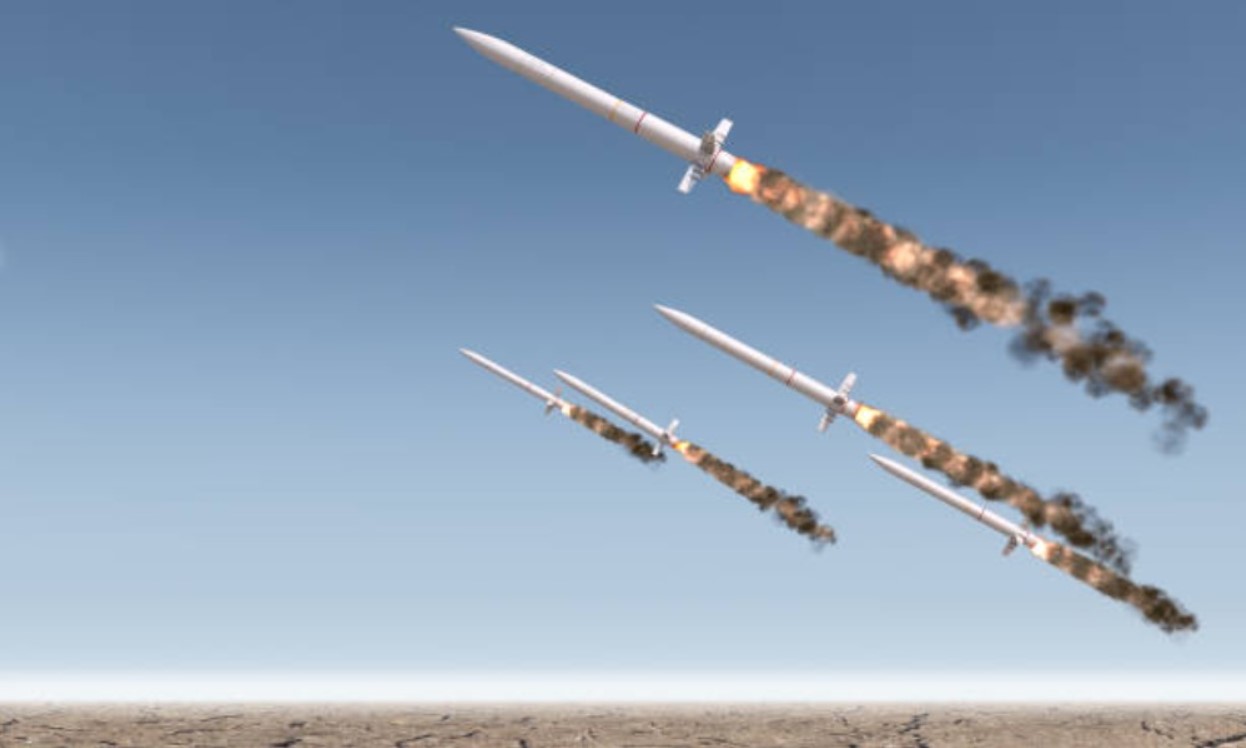
Source: iStock
In fact, the USAF is currently producing 600 JASSMs every year and will continue to do so until they have 10,000 ready to fly. And at $1 million per missile, the project will not only be lengthy, but also very expensive.
The Current USAF Fleet Can’t Handle Deploying 10,000 JASSMs
While 10,000 of these missiles would undoubtedly give the USAF the upper hand in any battle, the plan only works if there are enough war planes to carry and deploy them.

Source: South Korean Defense Ministry/Getty Images
Now, the US Air Force has 34 B-1 bombers, 76 B-52s, and 20 B-2s. However, these planes can only carry two dozen JASSMs or less at a time, making them less than efficient when it comes to carrying thousands of missiles.
Could Cargo Planes Carry JASSMs?
Throughout the history of the USAF, only bombers and warplanes have carried missiles. But now that they understand just how powerful JASSMs would be in a war, the Air Force is wondering if they can use cargo planes to deploy them too.
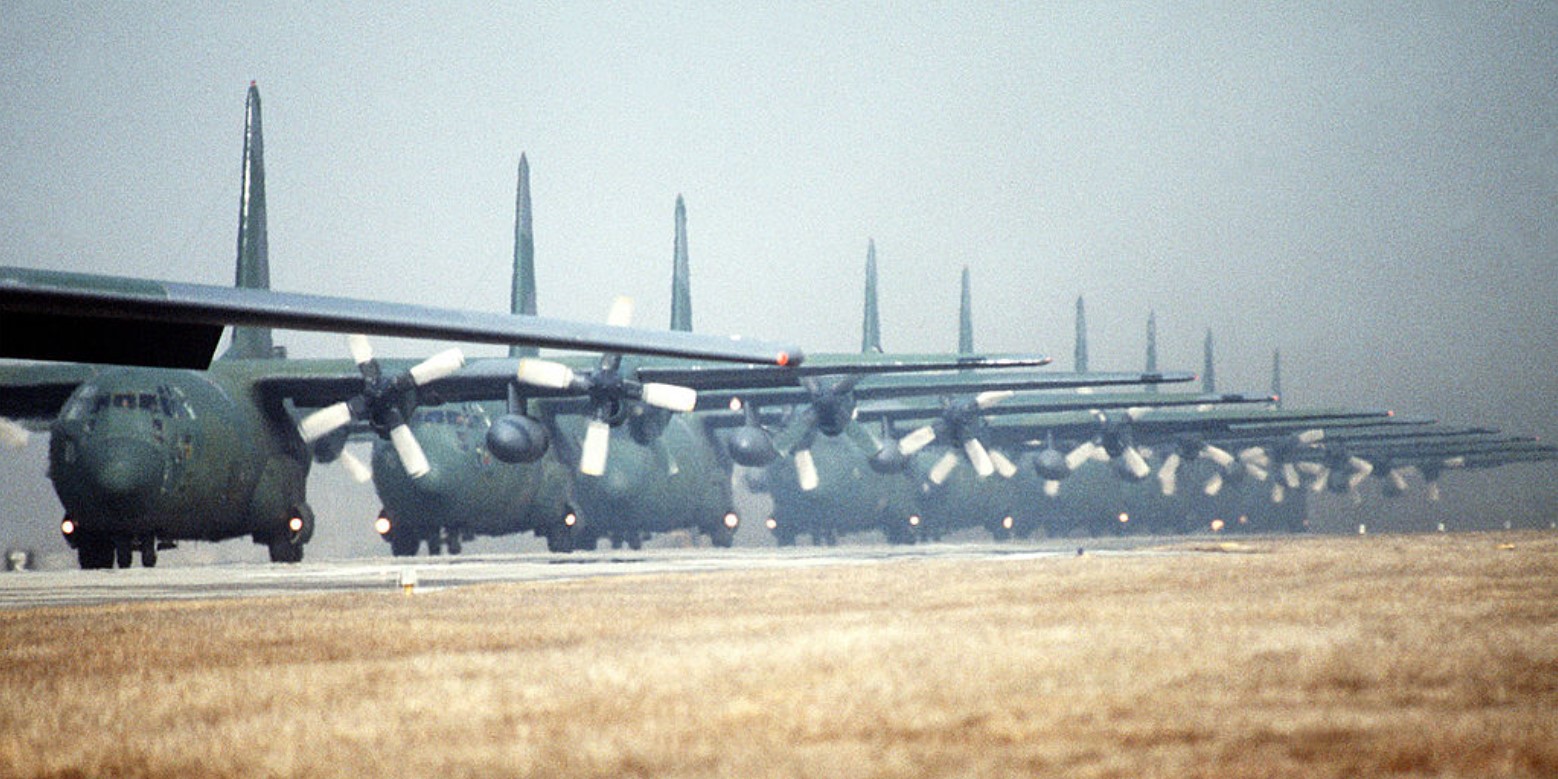
Source: USAF/Getty Images
The USAF currently has 222 C-17 cargo planes and an amazing 360 C-130s, so if they could be used as warplanes that deploy missiles, the Air Force would have 712 planes to do so instead of only 130.
USAF Has Begun Assessing What It's Calling the Rapid Dragon Plan
The excitement around the idea of using cargo planes as warplanes to deliver JASSMs has quickly turned into a legitimate mission.
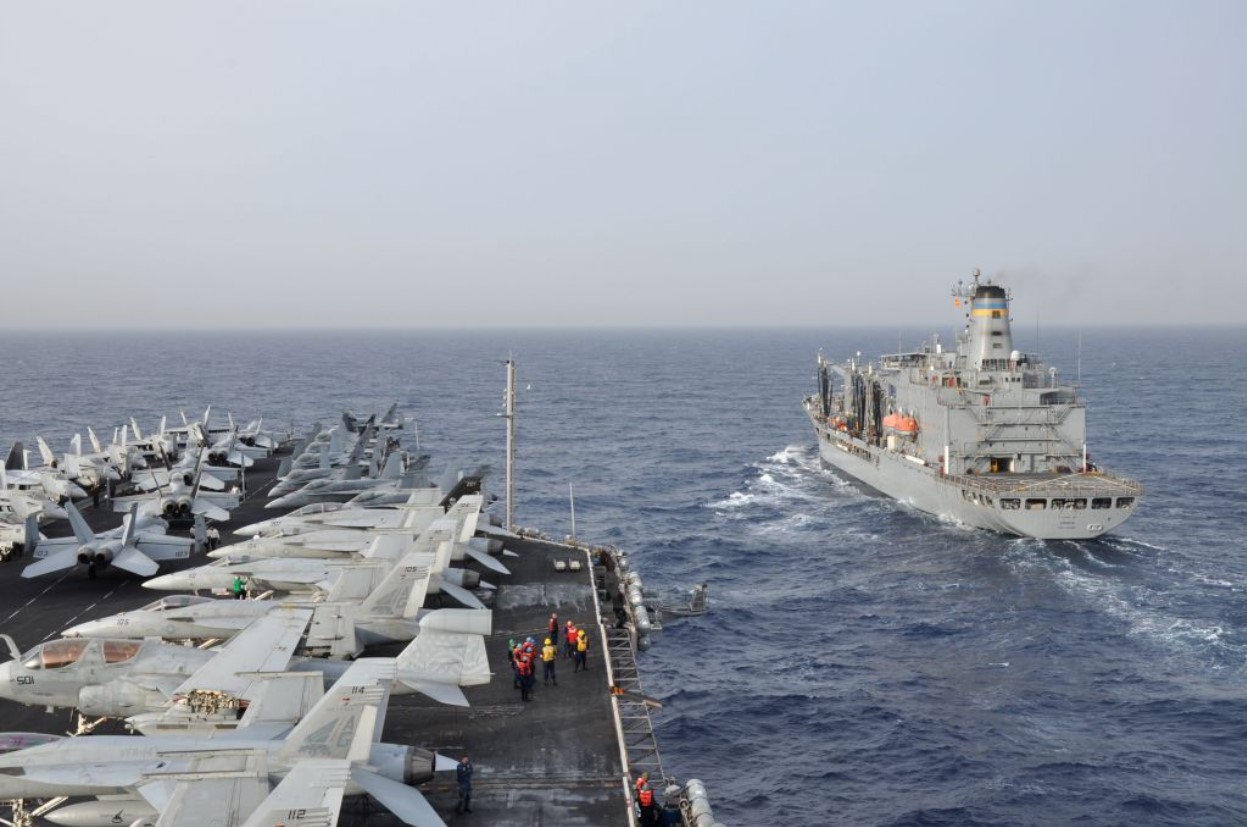
Source: Smith Collection/Gado/Getty Images
At this moment, the USAF is dedicated to not only building 10,000 of the dangerous missiles, but they’re also working diligently to find out how to use their many cargo planes to deploy them. They’re calling the project Rapid Dragon.
The USAF Rapid Dragon Plan Could Prove Invaluable
Of course, the idea of dropping hundreds or even thousands of JASSMs from hundreds of cargo planes would technically be ideal.
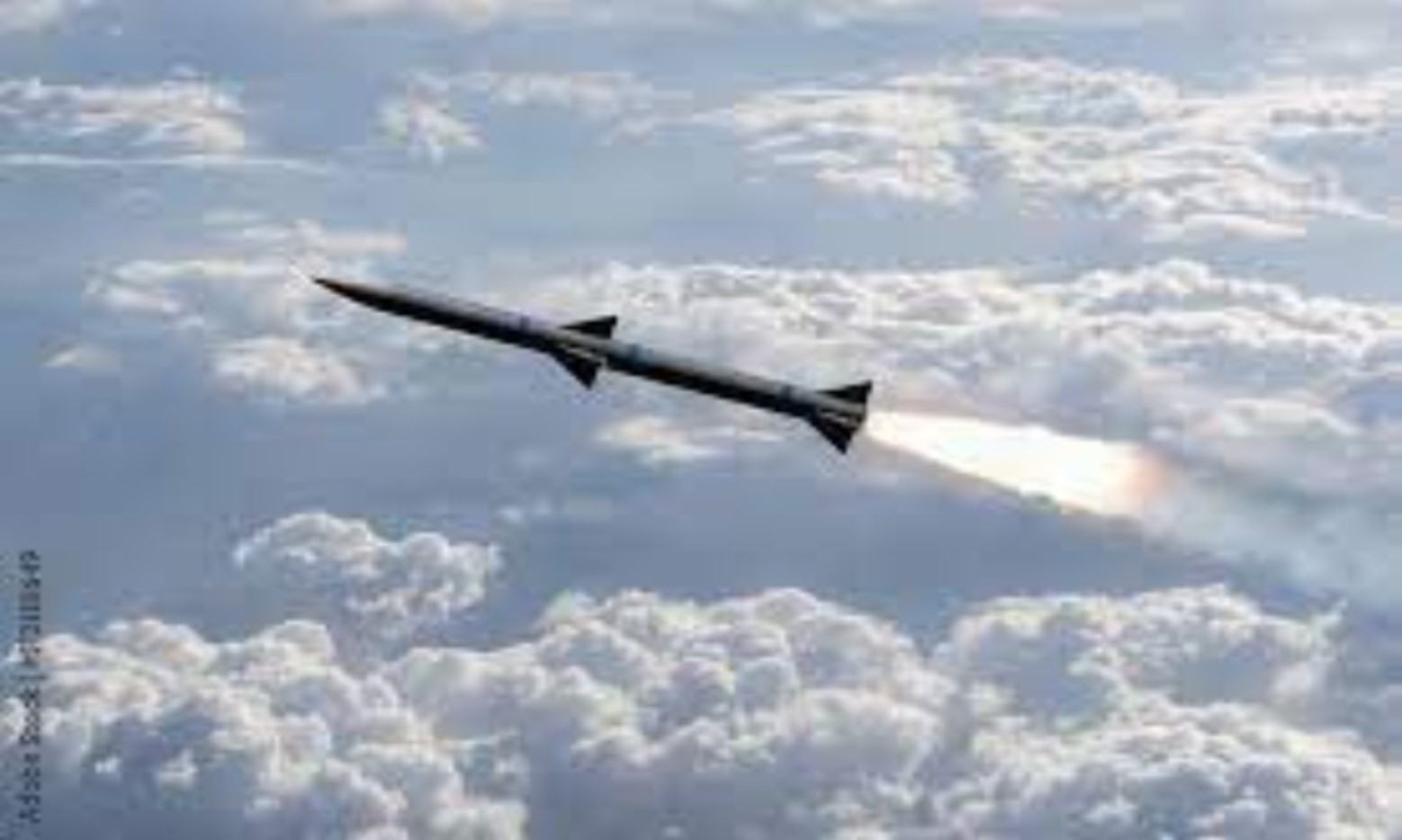
Source: Adobe Stock
The Air Force Research Laboratories explained, “Rapidly deployable palletised munitions can saturate the air space with multiple weapons and effects, complicate adversary targeting solutions, help open access for critical target prosecution and deplete an adversary’s air-defense munitions stockpile.”
There Are Several Cons of the USAF Rapid Dragon Plan
However, there are several downsides of the idea that the USAF needs to assess before going ahead with the plan to deploy JASSMs from cargo planes.
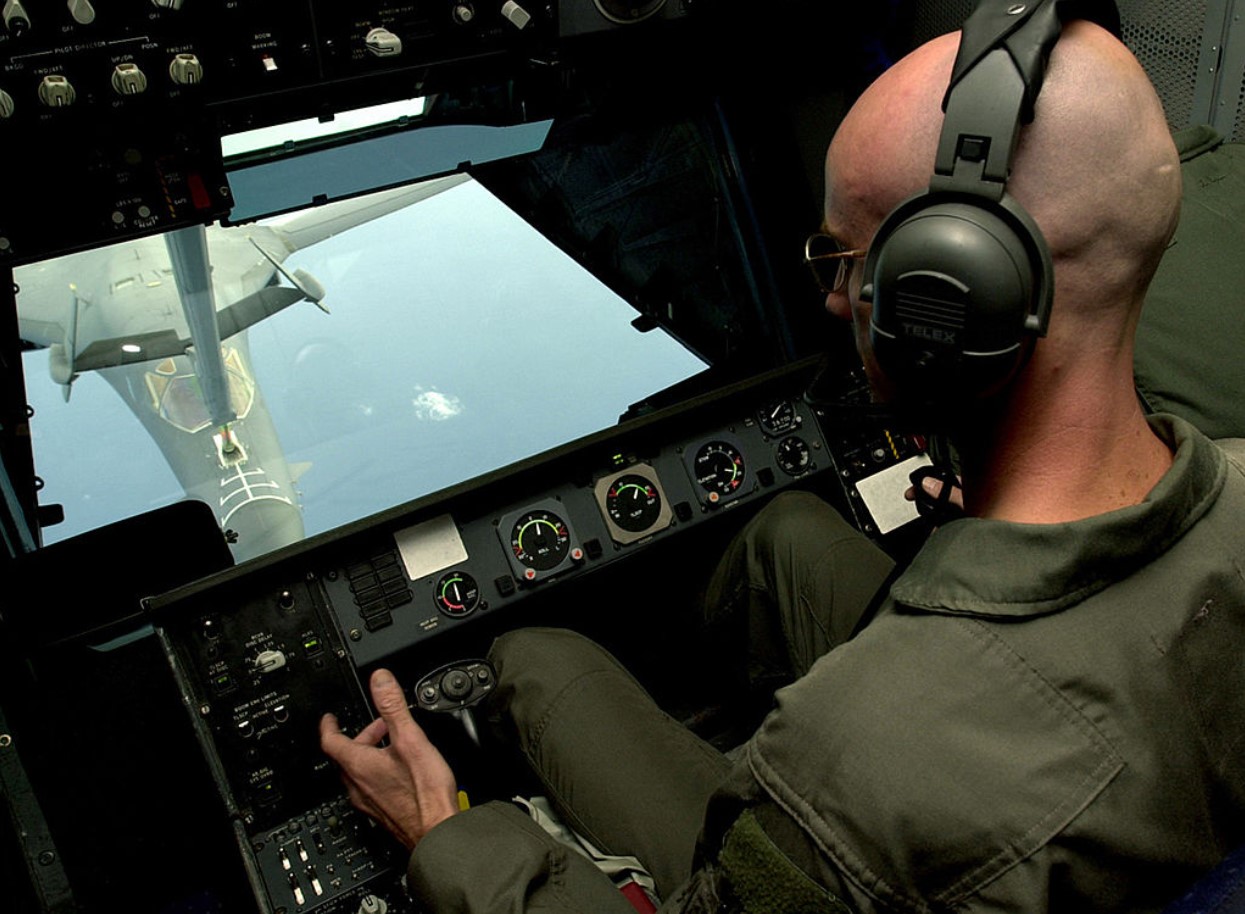
Source: USAF/Getty Images
The first issue is that cargo pilots and crew are not trained to behave like a bomber plane. Their mission is exclusively to get the cargo from point A to point B, avoiding any skirmishes. However, if they were to carry and deploy missiles, they would have to fly toward the enemy, not away from it.
Cargo Planes Aren’t Made for Battle
Unlike bombers, cargo planes are cumbersome, heavy, and slow moving. Therefore, flying them toward enemies firing at them could prove incredibly dangerous for those on board.
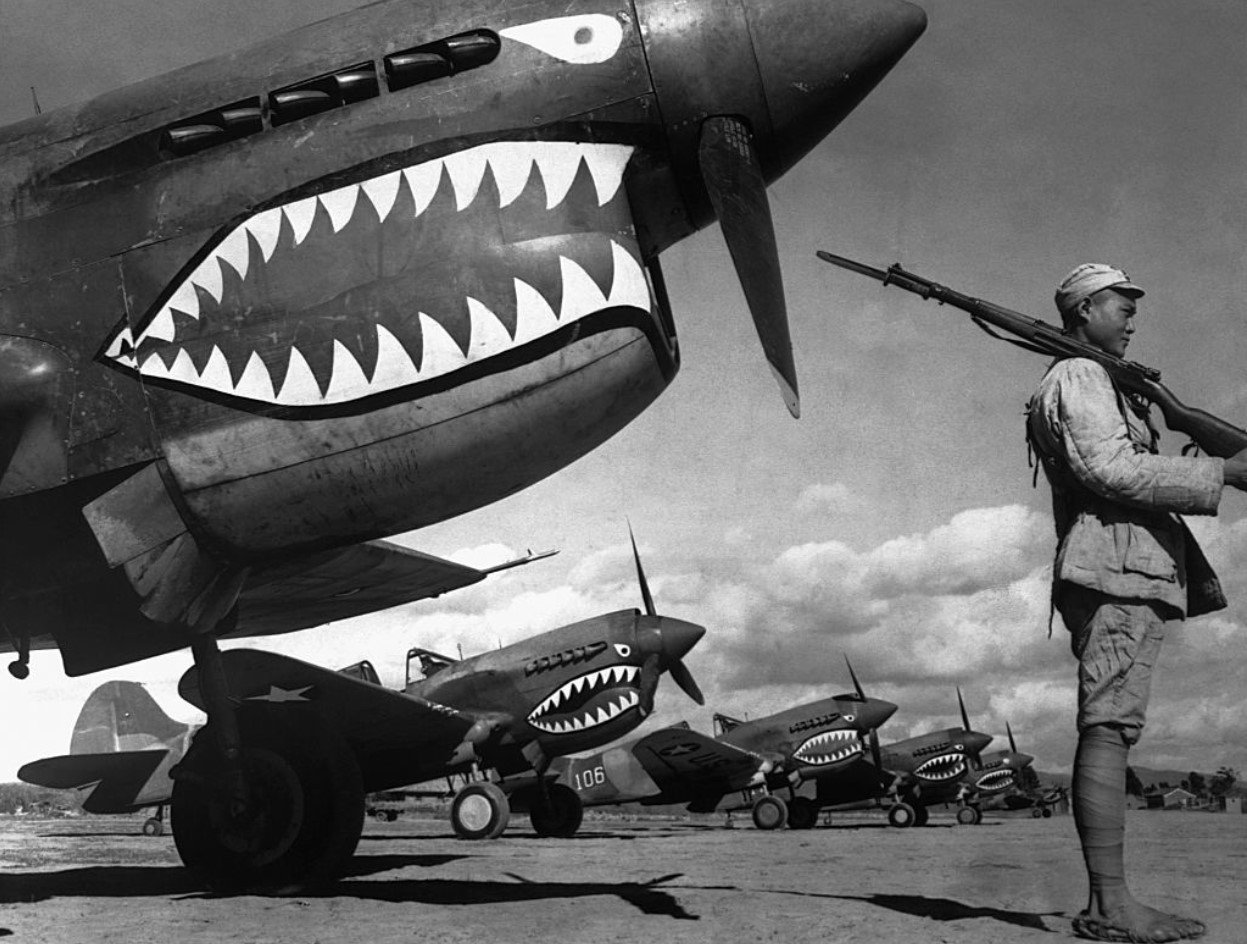
Source: CORBIS/Getty Images
In addition, cargo planes don’t typically have radar-jammers, self-defense missiles, or any stealth technology that bombers have, which will make them exceptionally susceptible to enemy attacks.
Cargo Planes Won’t Have Enough Room for Necessary Supplies
It’s also important to note that cargo planes are sent to the front lines in order to distribute necessary supplies to soldiers on the ground. If they’re carrying 2,200 pound missiles, they will have far less room for those essentials.
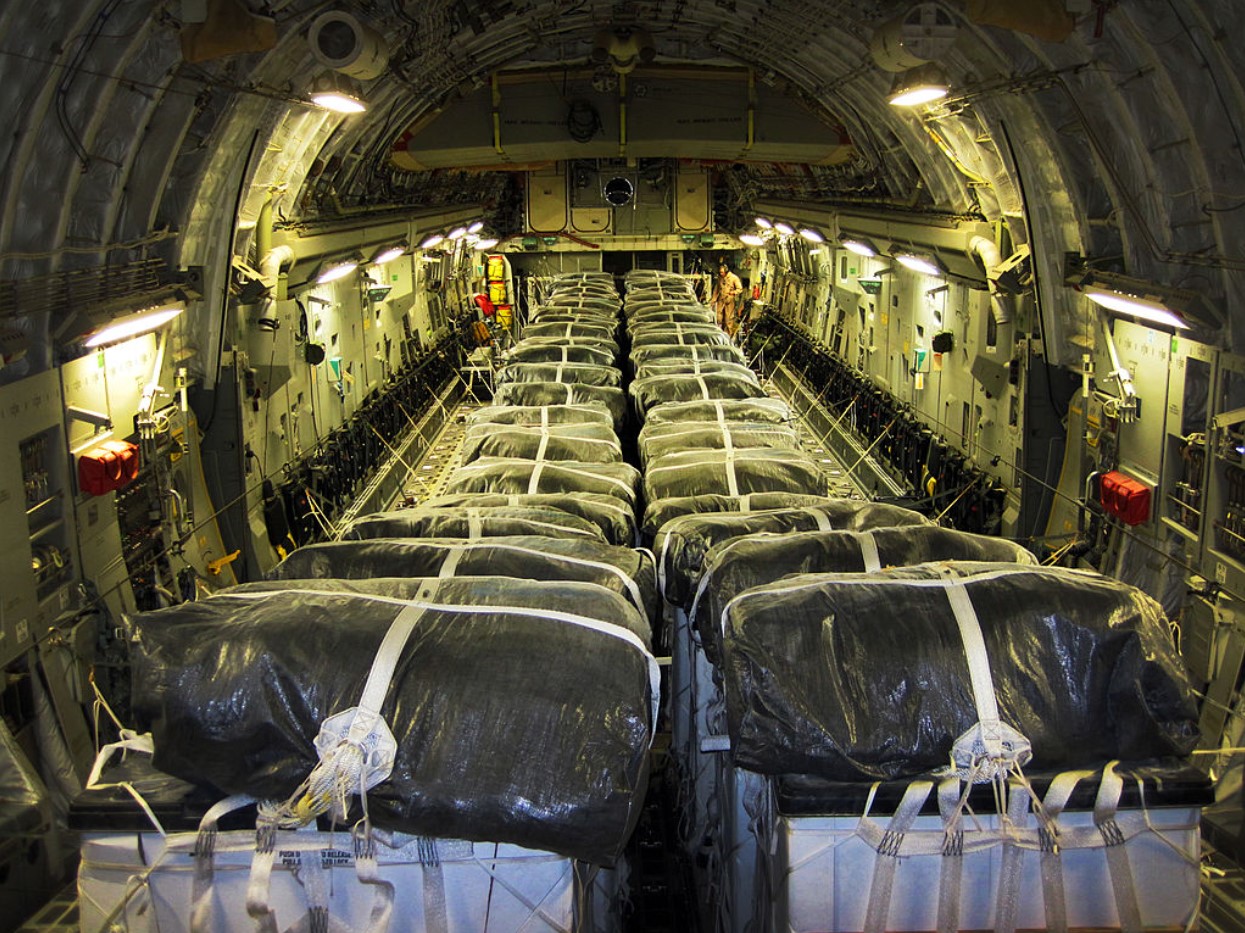
Source: Staff Sgt. Vernon Young Jr./USAF/Getty Images
Some worry that if China or any enemy understands that USAF cargo planes are carrying missiles and not cargo, they will be more likely to track and destroy the planes. Once again, limiting the amount of supplies that will reach the troops in need.
Other Air Forces Will Undoubtedly Follow Suit
It seems that the USAF is working at full speed to solve these issues and ensure project Rapid Dragon is a success, but if they do succeed, it’s crucial to understand that other countries, specifically China, will likely do the same.
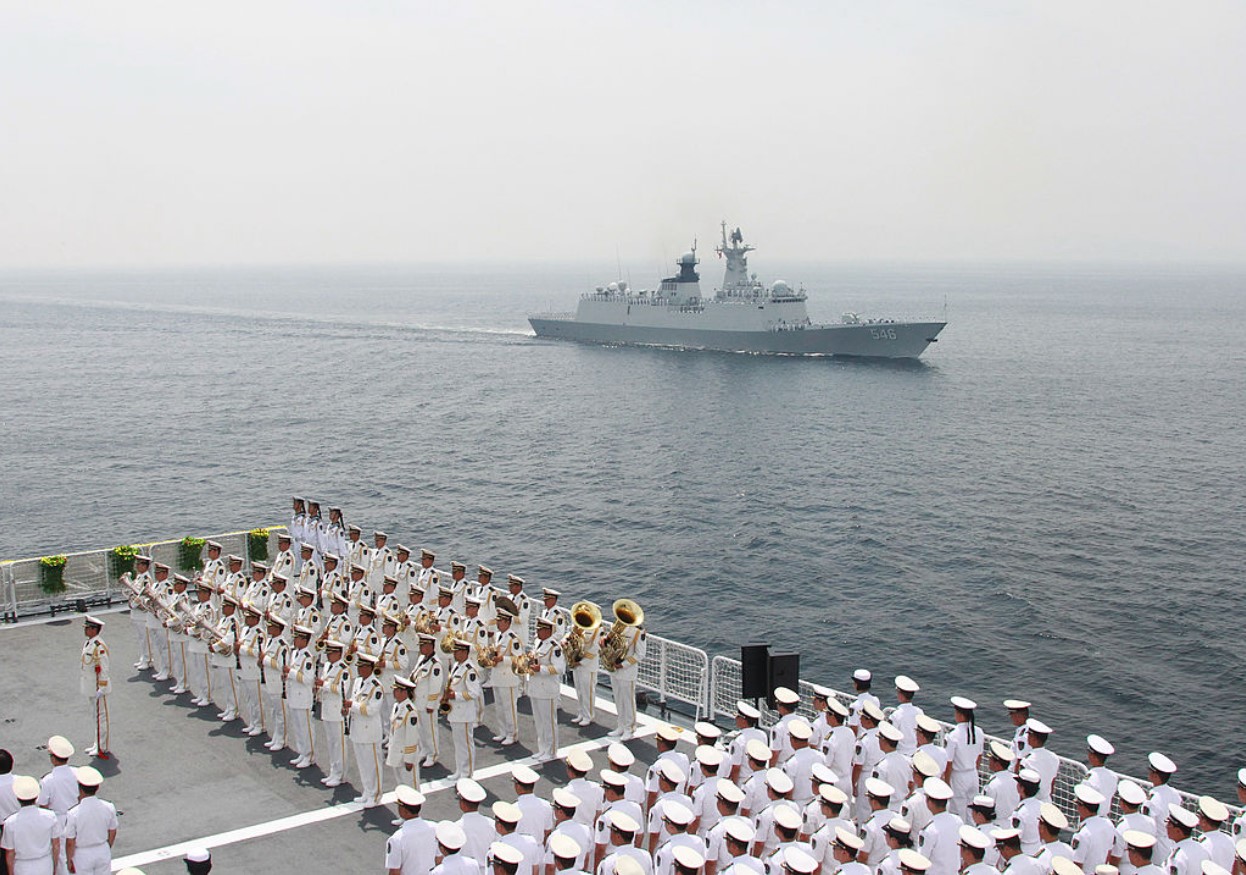
Source: Getty Images
Therefore, even if the USAF has figured out how to deploy hundreds if not thousands of JASSMs, the US Navy will then be threatened by China’s ability to do the exact same thing.
